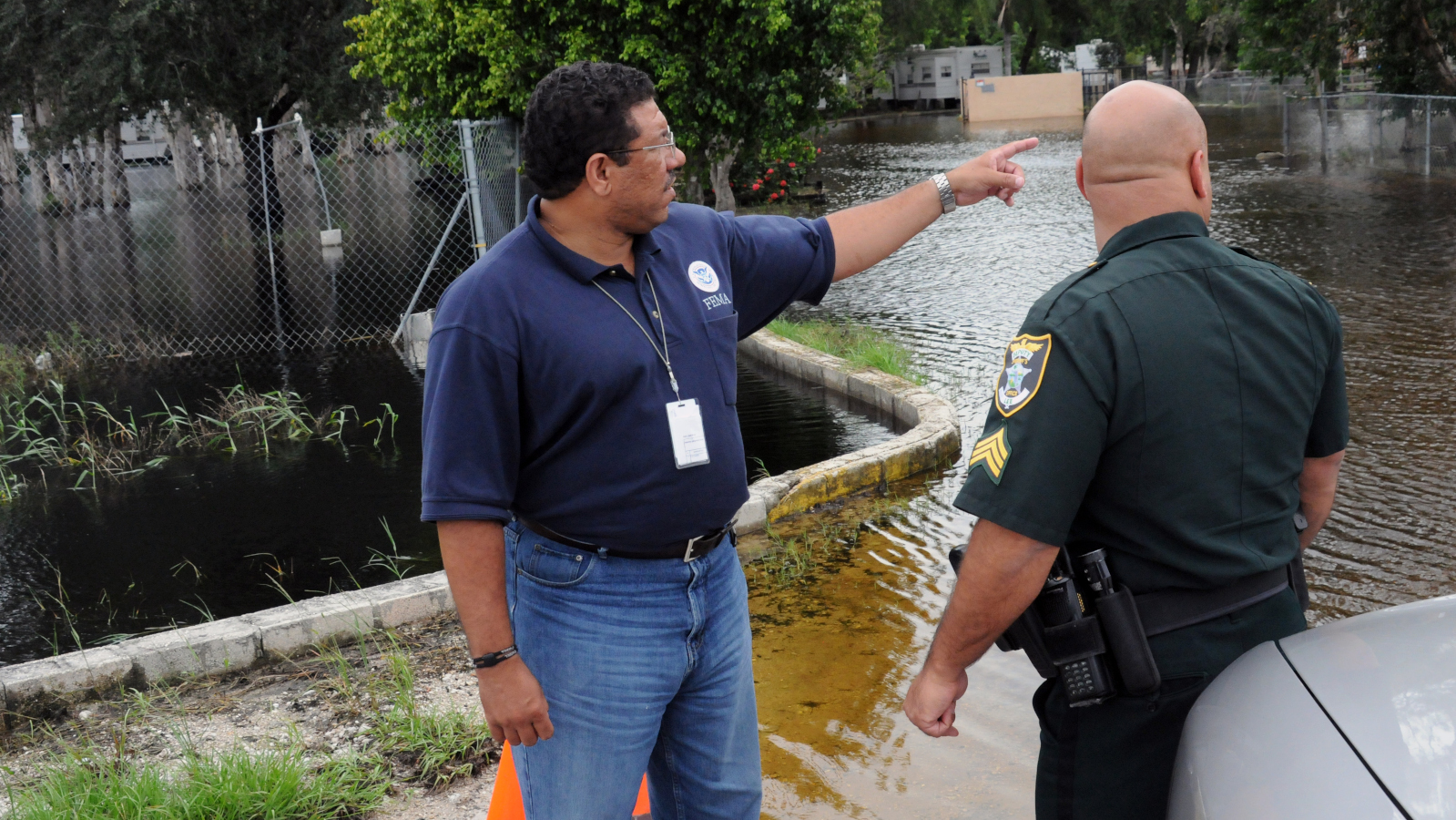
Manufactured homes' side walls are built and then lifted into place. | Riverview Homes Inc
Homeowners thinking of mobile homes may remember days in the past, but today the manufactured or prefabricated homes that technically are mobile seldom move once they arrive at a home site.
Many of the 800,000 Floridians who live in mobile homes are homeowners. Florida is second in the nation for the number of factory-made homes, according to 2018 U.S. Census data.
The difference between manufactured homes and what isn’t one go beyond a lack of wheels for the former, Vents Magazine reported. Manufactured homes have at least 320 square feet of living space, are factory built, get transported as complete units and have permanent frameworks. Construction also follows federal building code.
The list of things that don’t qualify as a manufactured home includes RVs, campers, trailers and modular homes. One of the big differences between a modular home and a manufactured home is that the modular home may be built in factories, but it’s transported in sections and put together at a permanent site.
An important difference for a property owner is that manufactured homes can be covered by homeowner’s insurance.
The misconceptions about today’s “mobile home” go back to its roots, Vents Magazine reported. In the 1920s, trailers towed behind cars were popular. Most of them were camping trailers.
But in the 1930s, manufacturers started building a massive number of trailers, making them bigger, longer and wider. They came with wheels, but weren’t towed around for travel. “House trailers” were used as permanent residences as early as the Great Depression, when the derogatory terms “trailer parks” and “trailer trash” were coined.
In the coming years, manufacturers marketed these trailers as permanent housing with the addition of kitchens and bathrooms. They mostly stayed in place but carried VIN numbers and were financed like vehicles.
In 1974, the federal National Manufactured Housing Construction and Safety Standards Act brought regulations to mobile homes. The Department of Housing and Urban Development (HUD) put regulations into effect in June 1976 that required all new dwellings manufactured off-site to meet Federal Housing Authority (FHA) certification. With the change came a different name for the dwellings, known as manufactured homes, Vents Magazine reported.
The HUD code established federal standards for regulating manufactured homes construction, covering transportability, fire resistance, design and construction, strength and durability, energy efficiency and quality.
Standards were set for systems including heating and air conditioning, electricity and plumbing.
Mobile homes could be considered unregulated construction, while manufactured homes follow the 1976 HUD rules, according to Vents Magazine.
Adopting standards and regulations helped change the perception of manufactured homes. Some lenders offer home loans to people wanting to become homeowners by purchasing one.
Unlike trailers, RVs or campers, or manufactured homes, are insured as real estate. Florida’s weather helps to keep half of the state’s manufactured homes uninsured. Even with stringent regulations, they tend to be less likely to withstand storms like hurricanes and tornadoes.
Insurance is available for manufactured homes. Kin offers replacement-cost coverage for dwellings manufactured off-site, similar to homeowners’ coverage for traditionally built homes.





 Alerts Sign-up
Alerts Sign-up